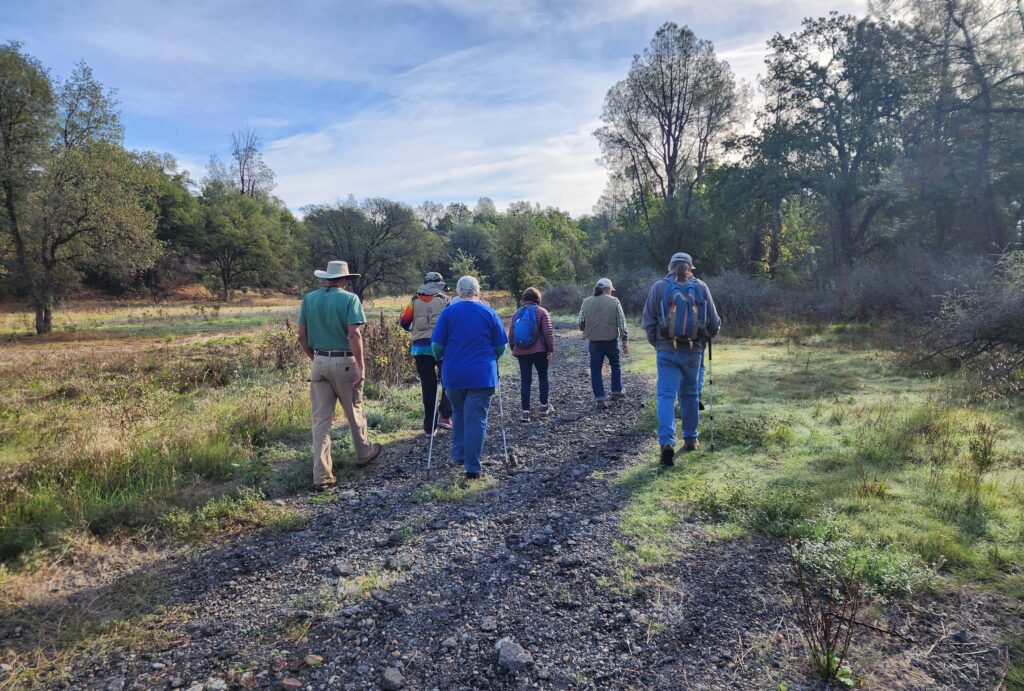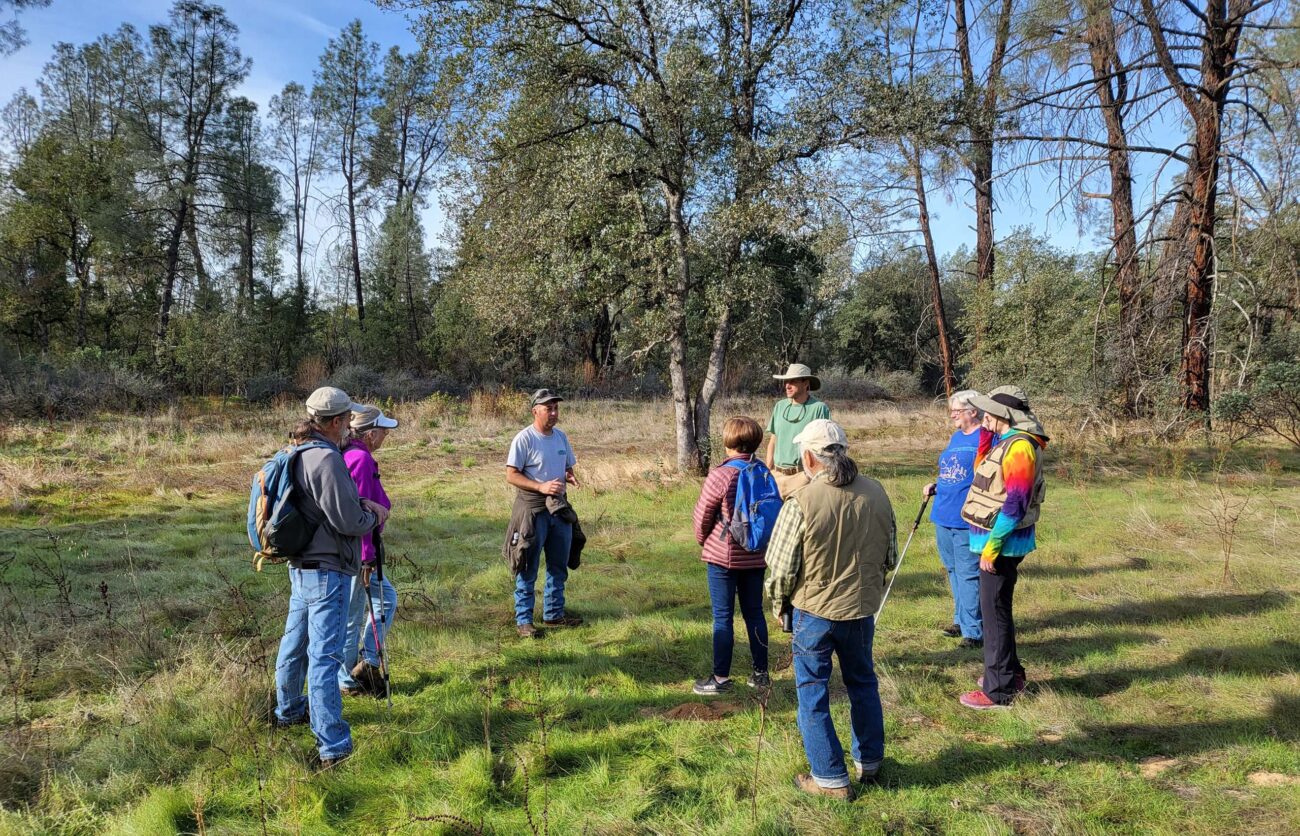
Just down the hill from Bethel Church in Redding is a private nature preserve, the Lillian Nelson Nature Preserve. The 30-acre preserve is protected by a conservation easement held by Shasta Land Trust. Only a few of the ten of us who attended the October 15 field trip to see the property were even aware that it existed! But right there within Redding city limits is a now-protected parcel of oak woodlands, seasonal wetlands, and riparian habitat along Boulder Creek, which the current owners use as an excellent outdoor learning space.
The Preserve’s low profile may be due, in part, to the fact that is it not open to the public. In accordance with the landowner’s wishes and vision for the property, the public may visit by invitation only. So when Jeremey Kelley, Project Coordinator for Western Shasta Resource Conservation District (WSRCD), was able to secure permission to lead a field trip there, we jumped at the chance!
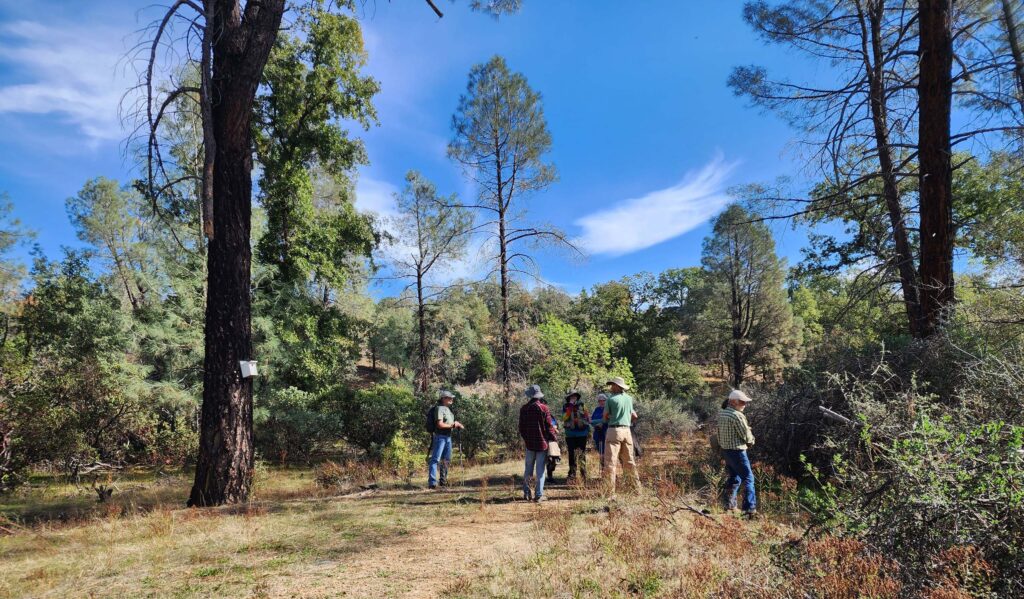
Like most undeveloped land in Redding, the Preserve had been hard used by its previous owners, mainly via ranching, which significantly altered the land. However, Western Shasta Resource Conservation District has been able to secure grant funding that will help to restore the Preserve to its natural state.
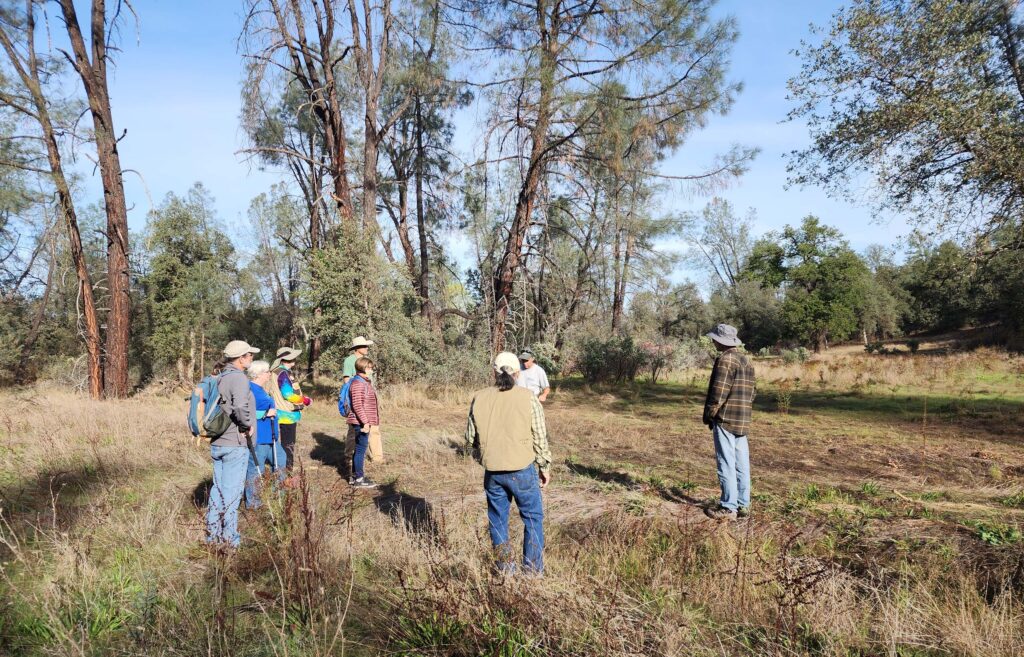
Jeremey took our group on a walking tour of the Preserve, showing us areas of concern and discussing various approaches to mitigate damaged areas. Some of the issues that WSRCD face include the proliferation of invasive weeds, the disruption of the natural movement of water on the land, and the recent distribution of toxic road base throughout the entire length of the land.
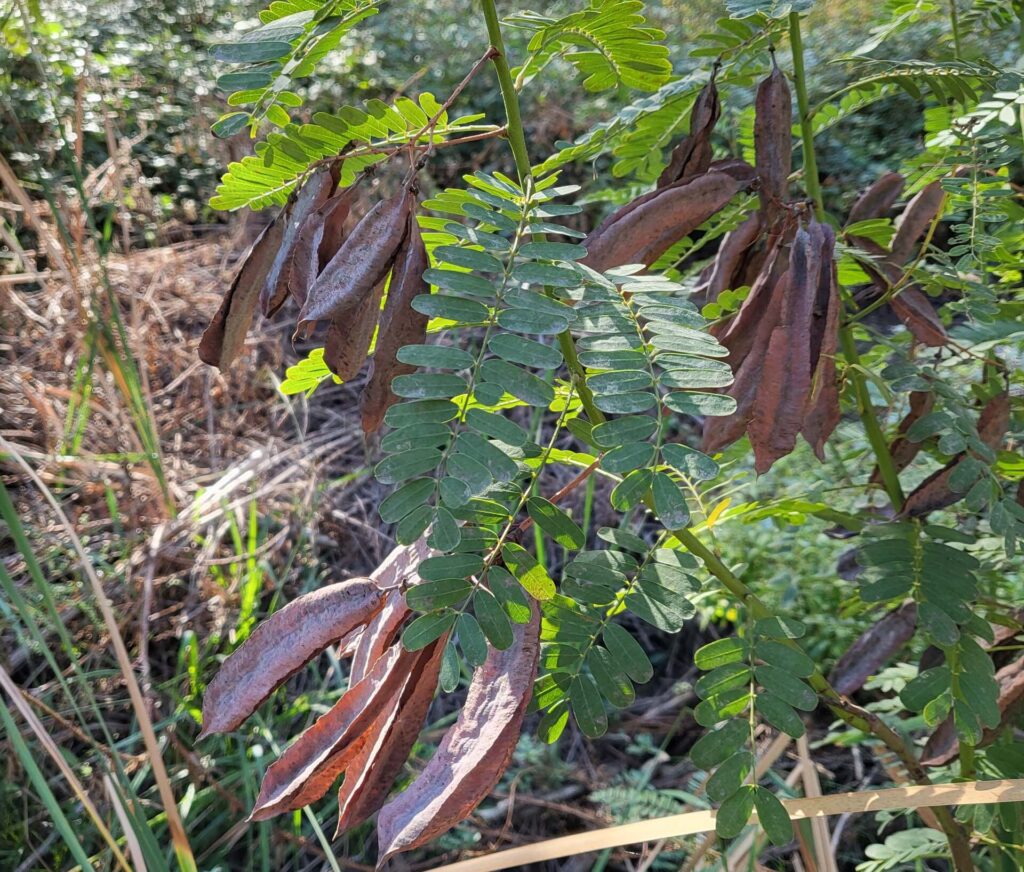
Jeremey stressed WSRCD’s desire to work slowly, deliberately, and retrospectively to restore the Preserve. To restore the natural hydrology, man-made beaver dams, called Beaver Dam Analogs (BDAs), will be installed to increase beaver translocation. Light tilling of the once-wet meadow will promote native species’ populations that are already present, which will (in theory) begin to out-compete weeds. There will be some planting; there will be some heavy-lifting to remove the toxic road base. But each step that is taken will be assessed during and after implementation, allowing the land itself to reveal what it requires to return to robust health.
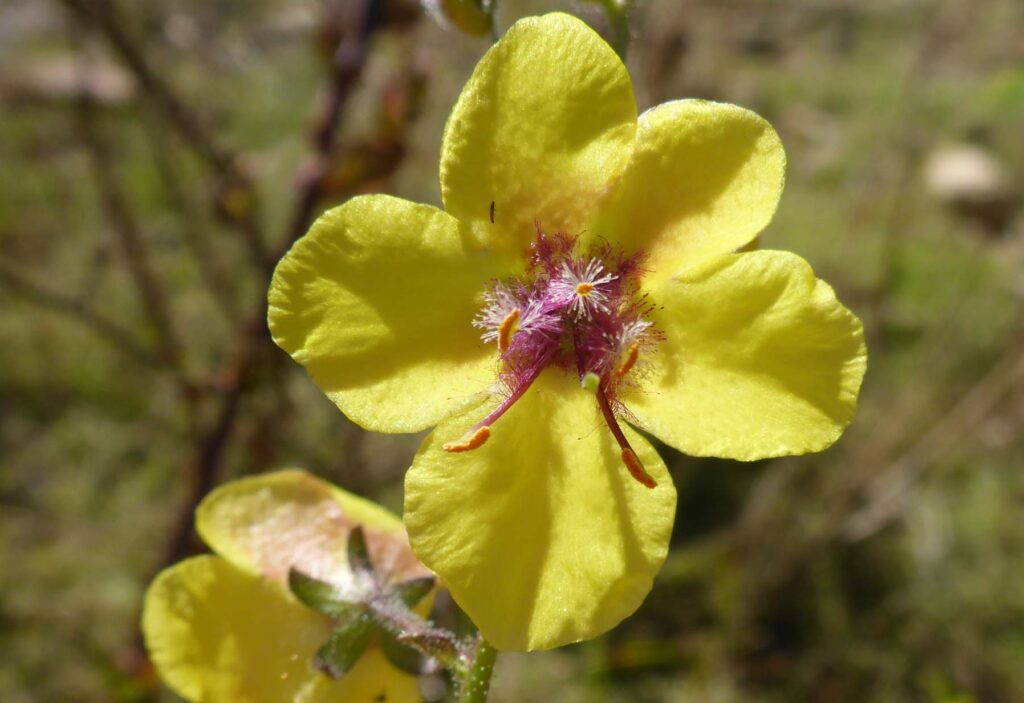
In time and with care, this parcel of land will become excellent, high-quality habitat for wildlife. ~Laurie Burk
